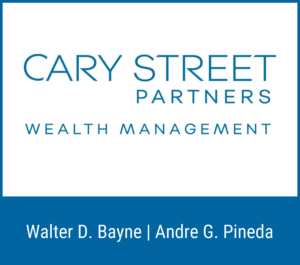Discussion of building a new bridge over the Rappahannock River continued this week — with a new option on the table.
The Fredericksburg Area Metropolitan Planning Organization, a regional transportation planning body, has been studying the proposed construction of a new road crossing the river west of Interstate 95 for more than a year, and members of its policy committee decided Monday that they will vote on a preferred route June 16.
A consulting firm hired by FAMPO has focused on five potential river crossing paths over the past few months, and a citizens committee presented a sixth option Monday night.
Each of the original alternatives would span from a point near Route 17 in Stafford County to one in Fredericksburg and was judged on several factors, including the impact on environmental and cultural resources, the effect on the existing transportation network and public input.
A new crossing would provide more north/south routes for local traffic, emergency responders, transit, and bicycle/pedestrian users, while reducing everyday reliance on trips accessing the I-95 corridor.
All of the options would also provide significant travel-time savings compared to not building anything, according to FAMPO’s consulting firm, Michael Baker International.
The route chosen would need approval both from FAMPO and from Fredericksburg and Stafford elected officials, and it wouldn’t be built for at least another 10 years, officials have said.
It’s unclear exactly how much such a project would cost and how it would be funded. According to officials, the price would probably be more than $200 million.
The route that scored highest in the consultant’s study — called Option B-1 — would stretch from Celebrate Virginia Parkway in Stafford to Gordon W. Shelton Boulevard in Fredericksburg.
It would significantly reduce travel times, but part of the reason for its high score came from a public survey, which has been called faulty because it initially forced respondents to choose between the alternatives without an option to build nothing at all.
Also, Option B-1 would cross over the water into the middle of the city’s new Technology Overlay District, an area designated for data center development, and that’s considered a problem.
That’s one reason FAMPO’s Citizens Transportation Advisory Committee voted to recommend that the policy committee, which has the final say, look at a variation on what was originally deemed Option C.
It also would use Celebrate Virginia Parkway but would avoid planned homes in Stafford and not build bridges over low-lying wetlands, as Options B1 and B2 would have, CTAC member Allen Watkins said Monday night. The path would also require the shortest bridge of all the alternatives and avoid the central part of Fredericksburg’s TOD.
The CTAC option could be modified further, adding a second bridge over the river and eventually stretching south all the way to Route 3 in Spotsylvania County, Watkins said.
“CTAC feels like this warrants consideration,” he said of his group’s work. “We look forward to the cooperation and compromise that will be necessary to accompanying this very impactful project.”
Even with CTAC’s effort, however, it’s not clear yet that any additional river crossing will eventually get built.
For example, FAMPO policy committee Chairwoman Lori Hayes, a Spotsylvania supervisor, underscored that there is no funding set aside for the project.
And, on the proposal overall, she said, “It doesn’t seem like there’s any good solution here to me.”
Still, Virginia Department of Transportation Fredericksburg District Engineer Marcie Parker and FAMPO Administrator Ian Ollis said it’s important to at least pick a general path for a river crossing now. That would facilitate the future job of picking a precise route, assuming funding for the project is allocated and all of the necessary approvals obtained.
The region is already home to lots of traffic, and that’s not going to change, Parker said.
“So we’ve got to figure out, regionally, how do we best move the people and get them to their destination that they’re going to go to with the least amount of complete frustration in driving a car,” she said.
And Ollis noted that if officials don’t choose a route, all the viable land could get developed.
“My view is: If you don’t pick an alignment now in this area, there won’t be any land left to pick,” he said.























